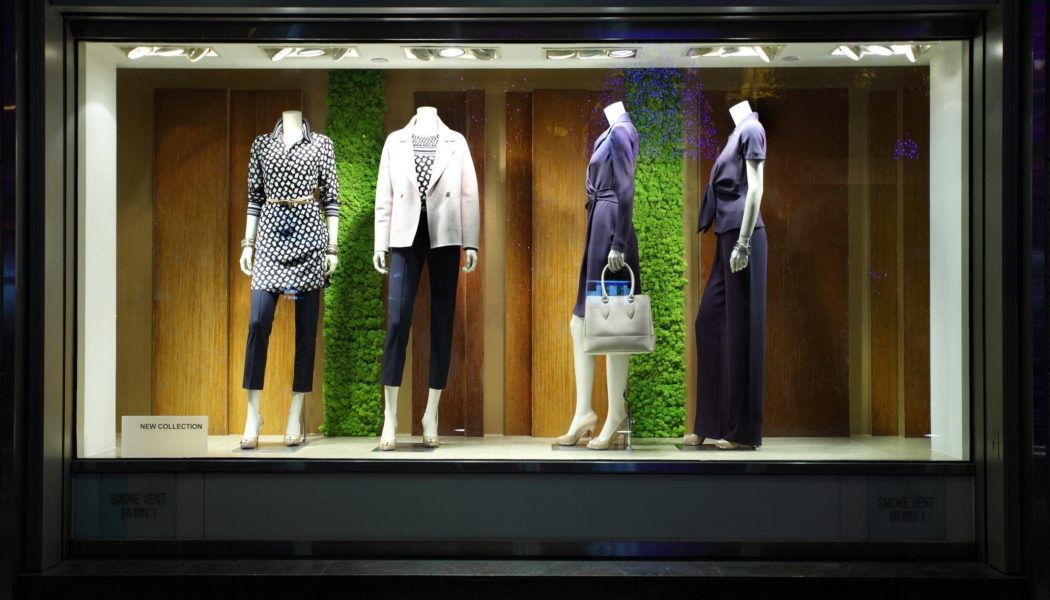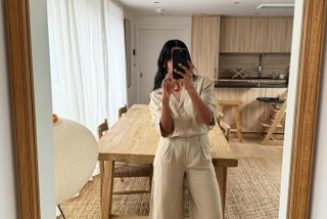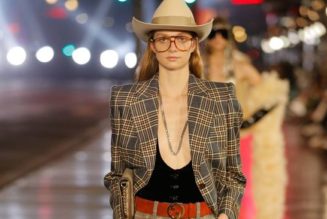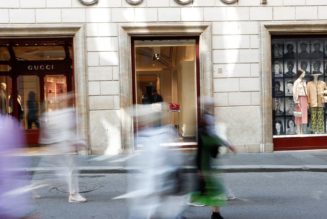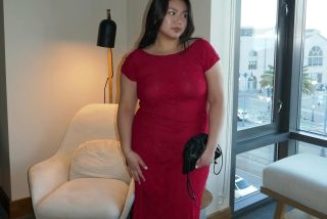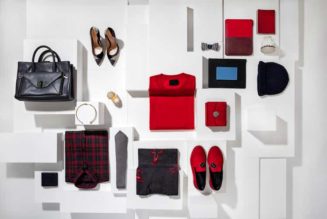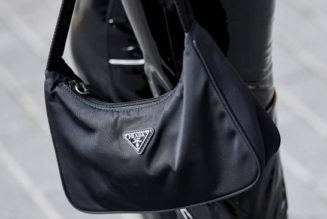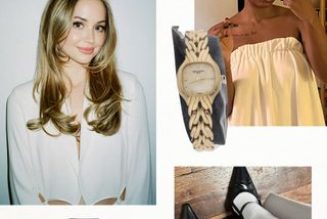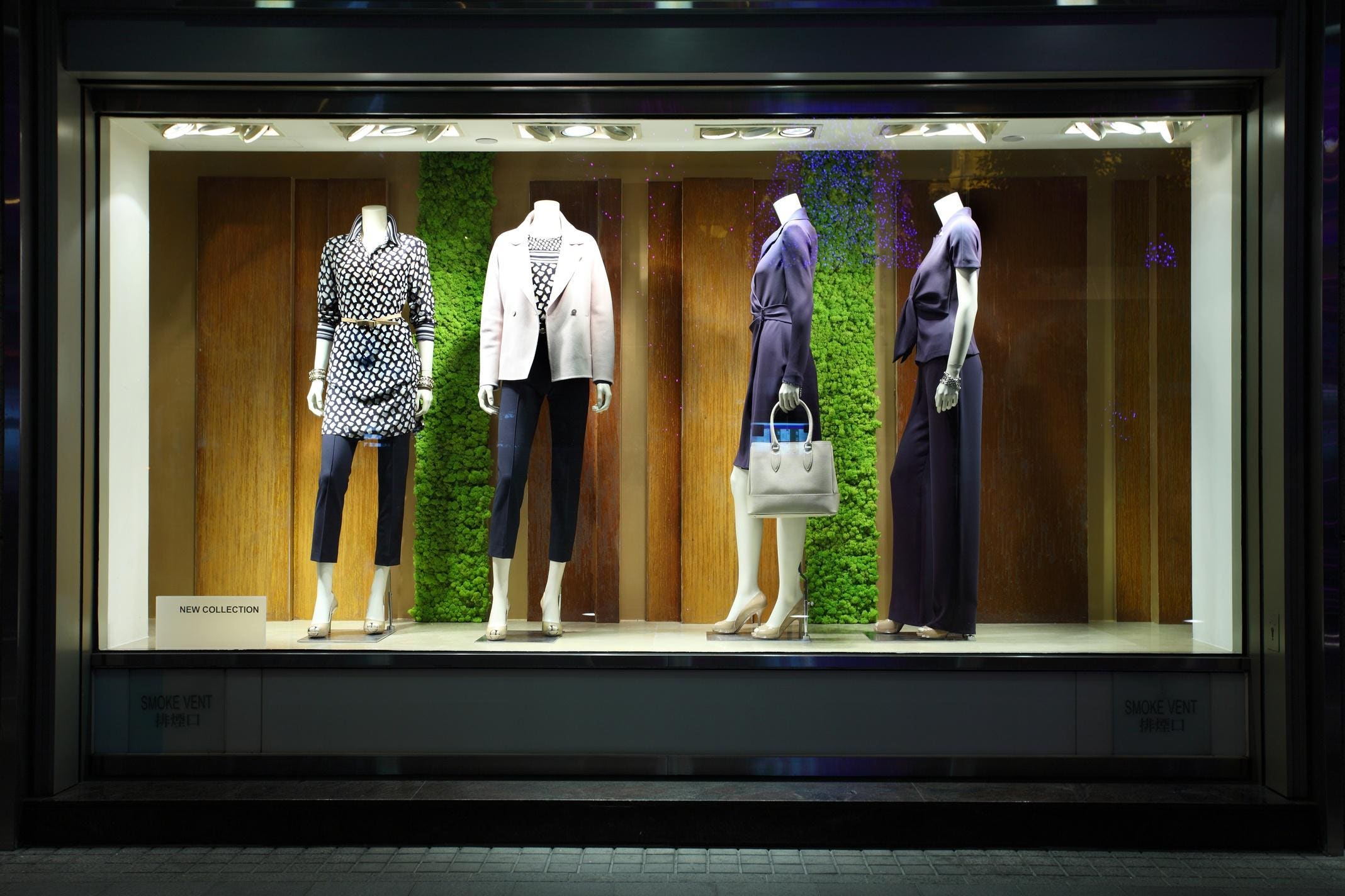
As the luxury market shows signs of slowing down, luxury companies are adopting new strategies to retain consumer desire. With aspiring consumers increasingly priced out of the high end luxury market, brands need innovative ways to connect with them and keep the luxury dream alive.
Why Luxury Brands Must Engage Even Non-Buyers
Most luxury brands understand the importance of desirability on a broad scale. They need to be coveted by many, including those who cannot afford them. Marketing to consumers who may never be able to afford these brands—but can dream about them—is crucial. This ensures that those who can afford the brand have an audience that recognizes the value of what they display.
As luxury brands strive to retain relevance and maintain desirability, remaining within reach of aspiring consumers becomes a complex equation. With prices soaring in recent years, many affluent consumers now find themselves unable to buy signature handbags or designer jeans.
Luxury brands know they need to cultivate audiences, and not all audiences have the means to buy flagship products. To address this, luxury brands offer entry-level products, allowing consumers to step into the luxury world. These traditionally include small leather goods, accessories, sunglasses, and perfumes. However, as even entry-level accessories and sunglasses have become prohibitively expensive for the disappearing middle class, luxury brands have diversified into other product categories like beauty, where consumers can buy ‘entry-level’ luxury products such as lipsticks for around $50.
While this holds true for most brands, some brands or products remain out of reach—not because they are niche or obscure, but due to their sheer exclusivity. Few people might dream about a luxury yacht, but many will dream about owning a luxury designer ‘it’ bag.
Status Signalling and Luxury Brand Consumption: Dreaming for Less
Status signalling remains a core motivation for luxury consumption. The acquisition of a well-known, expensive brand confers a higher perceived social status upon the wearer. This motivation for luxury consumption, though not the sole driver, is particularly pronounced among aspirational consumers. For these individuals, buying a widely recognized brand is a crucial part of their status-signalling strategy.
Creating a sense of aspiration around luxury brands is therefore important, and has taken many forms. Collaborations between luxury designers and fast fashion retailers, popularized by Karl Lagerfeld’s partnership with H&M, are another way for brands to make the dream of luxury more accessible. These strategic collaborations boost the visibility of luxury brands and appeal to a broader audience. The winners in these scenarios are not just fast fashion brands, which often sell out of designer-inspired items, but also the luxury brands that successfully cultivate and expand their audiences.
In their attempt to keep aspirational consumers dreaming about the brand, luxury brands face a delicate balancing act of inviting everyone to desire their products while keeping prices at a level that justifies the desire and spending only a few can afford. Some brands have also been looking into selling second-hand items, although this still represents a dilemma for major luxury brands.
Institutionalisation as the Next Stage of Luxury Dreams Creation
In recent decades, major luxury brands have taken an additional step to ensure they remain accessible to dreamers: staging museum exhibitions and engaging in artistic collaborations. By teaming up with museums, luxury brands gain legitimacy, allowing consumers to experience the brand universe for the price of a museum ticket. Some exhibitions, such as Chanel’s “Grand Numéro” about perfumes in Paris, were even made free. In doing so, these brands become institutions in their own right, offering cultural experiences akin to those provided by museums or libraries.
Luxury brands are also increasingly collaborating with artists, including the estates of famous deceased artists. The role of artistic collaboration in enhancing the perceived luxuriousness of a brand is known in consumer psychology as the ‘art infusion’ effect. According to Dr Yuri Seo, an associate professor of Marketing at The University of Auckland Business School, collaborations with artists, especially those who share the same country of origin as the brand, can be powerful tools for reinforcing a brand’s image. Seo notes that the art infusion effect can be particularly useful for luxury brands lacking the heritage of industry leaders like Louis Vuitton, Gucci or Hermes.
This quest for new horizons to connect with consumers has led luxury brands to adopt 360° diversification strategies, in the hope of becoming ‘luxury brands of everything’. Some brands, such as Dior, have begun opening cafés, which present the advantage of being more accessible than the products sold in luxury stores. This strategy also appeals to younger generations, such as Gen Z, who value experiences over possessions.
The institutionalisation of luxury, however, comes with its drawbacks. Luxury companies are under greater scrutiny from the public eye and face criticism similar to that directed at the institutions they aspire to emulate.
